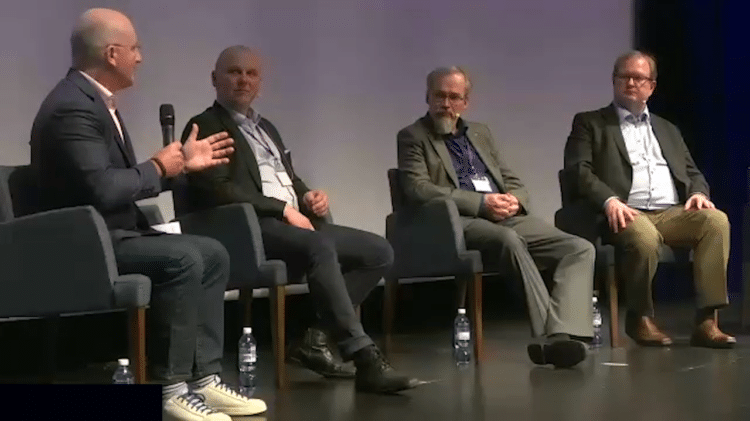
European Microelectronics & Chips: More Than a Me-Too Continent?
As the European Union ramps up billions in funding for advanced microelectronics through initiatives like the Chips Act, the question arises: can Europe position itself as more than just a “me-too” player in this critical technology domain? Compared to other regions, what unique elements can the continent bring to the table?
According to Jari Kinaret, Executive Director of the newly launched Chips Joint Undertaking, Europe aims high. “The European Commission has launched a CHIPS Joint Undertaking, CHIPS-JU, to reinforce the European semiconductor ecosystem and Europe’s technological leadership,” he explained. This €43 billion programme, mobilising both public and private investments through 2030, sets its sights on challenging the likes of the $53 billion U.S. CHIPS Act.
But as 6G Flagship’s Professor Aarno Pärssinen, Co-Chair of Microelectronics Finland, noted, Europe has some catching up to do in in microelectronics. Pärssinen explained that in the 2G era, the focus was on miniaturising and optimising the electronics and radio system together, with highly limited computing resources and emerging RF capabilities. “In 2G we needed to optimise the phone and the electronics and the radio system in such a way that we were barely able to compute all that was needed. Similarly, we were barely able to do the RF at that time,” he said.
The good news is that Europe retains unique strengths to build upon. Tauno Vähä-Heikkilä, VP of Microelectronics & Quantum Computing at VTT, pointed to Finland’s expertise in areas like photonics, radio frequency technologies, power electronics, and 3D integration – competencies that could feed into future 5G and 6G infrastructure. “We have people who are into some special technologies like photonics, radio frequency technologies, also some power electronics, 3D integration and packaging and so on,” he said.
Stephane Teral, CEO of Teral Research, emphasised the importance of Europe not putting all its eggs in one manufacturing basket. “We need to have the next level of intelligence because it’s really indeed designed in Finland.” He cited examples of European design prowess, even as the continent has lost ground in recent decades.
The panellists agreed that Europe faces a delicate balancing act – tapping into its specialised technical capabilities while also scaling up manufacturing to rival global giants. As Kinaret put it, the path to European leadership in microelectronics will require navigating a complex landscape of public-private partnerships, cross-border collaboration, and strategic investments.
One thing is clear: with the stakes so high, Europe is determined to be more than just a me-too player in the microelectronics race. By leveraging its unique strengths and charting its own course, the continent aims to cement its position as a global technology powerhouse in the years ahead.